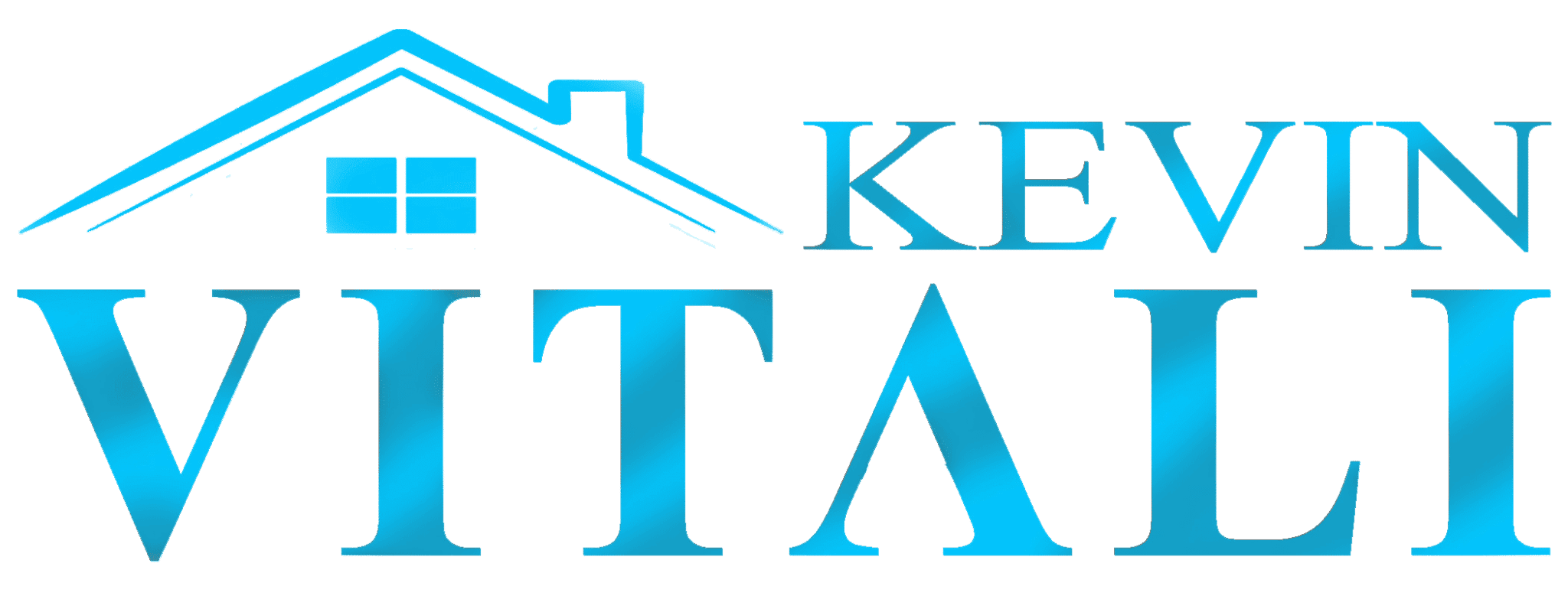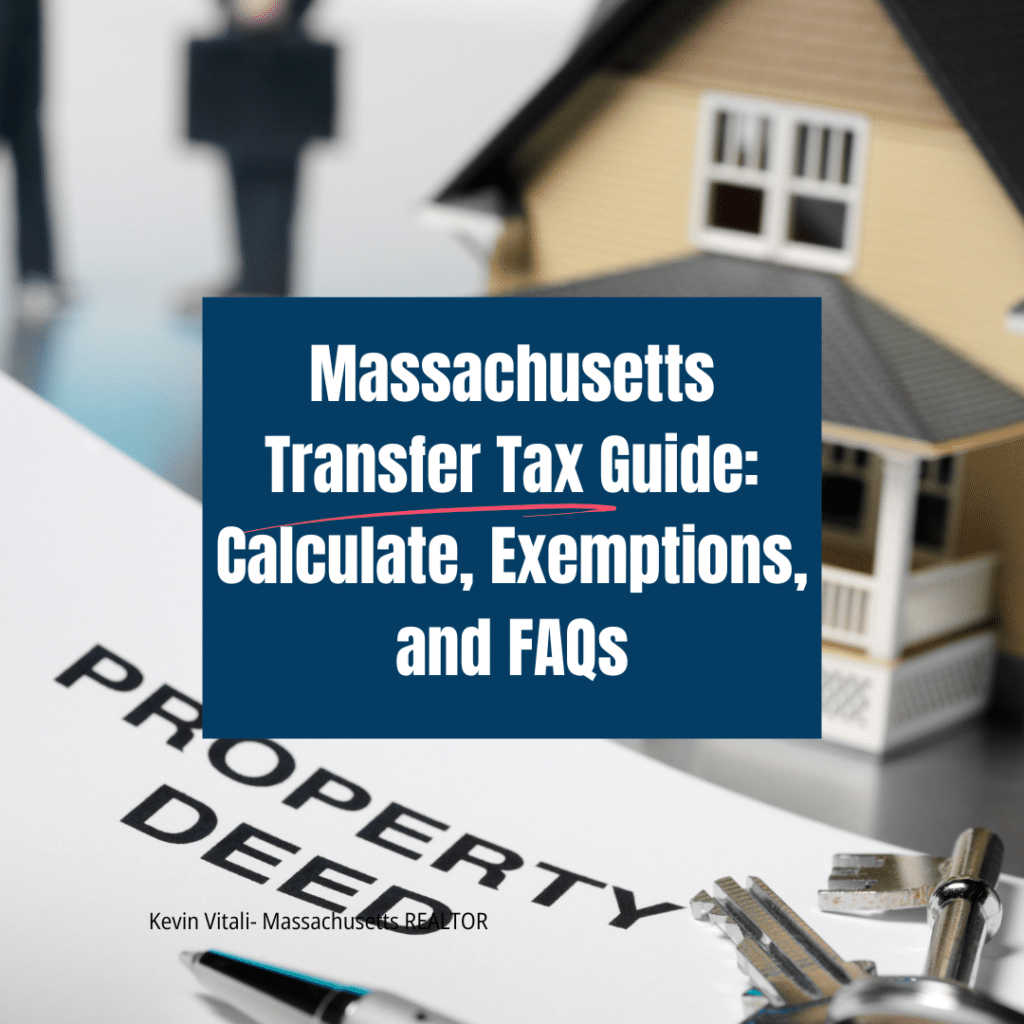 When planning your estate, ensure you protect your assets and handle them according to your wishes. Understanding various legal arrangements, specifically how you hold title, like life estates, can make all the difference when approaching this sometimes complex process. So, what is a life estate?
When planning your estate, ensure you protect your assets and handle them according to your wishes. Understanding various legal arrangements, specifically how you hold title, like life estates, can make all the difference when approaching this sometimes complex process. So, what is a life estate?
It is a unique tool within estate planning that offers specific benefits and protections, but it requires a thorough understanding to ensure it aligns with your goals.
For most people, their most significant asset is their home. A life estate is one tool that allows you to pass your home on to whomever you like while avoiding probating the home and potentially reducing tax liability to your heirs.
We will explore life estates, their benefits, the different types available, and critical considerations to remember. Understanding life estates equips you to make informed choices and structure your estate plan to suit your needs and those of your loved ones best.
Jump To A Section....
What is a Life Estate?
It is a legal arrangement that gives an individual, called the “life tenant,” the right to use and occupy a property for the remainder of their life. Ownership of the property, however, belongs to a secondary party known as the “remainderman,” who gains complete control after the life tenant’s death.
This setup allows the life tenant to live in or even rent out the property, enjoying its use without full ownership rights. This means they generally cannot sell, mortgage, or encumber the property without the remainderman’s consent.
It serves as a bridge between preserving the life tenant’s rights to live on the property and ensuring the asset transfers to a chosen heir (or heirs) upon death. They are formalized through legal documentation, usually a deed that clearly outlines the rights and responsibilities of the life tenant and the remainderman.
You will most likely see a life estate so a parent or parents can stay in the home. It ensures the house passes to the children and avoids the costly and lengthy probate process.
Benefits of a Life Estate in Estate Planning
It offers unique advantages for the life tenant and the remainderman, making them an attractive option in estate planning. Below are some of the most significant benefits:
Avoiding Probate:
One of the most appealing features is that the property can be transferred to the remainderman without the house going through the probate courts. Since ownership automatically shifts to the remainderman upon the life tenant’s death, there is no need for probate court, which can be time-consuming and costly. For families, avoiding probate can simplify the inheritance process, reducing legal hurdles and administrative fees.
Potential Tax Benefits:
Life estates can provide tax advantages depending on local regulations. In some jurisdictions, the value of the life estate might not be included in the taxable estate of the life tenant, reducing estate tax obligations. Additionally, because the remainderman’s interest in the property isn’t fully realized until the life tenant’s passing, the cost basis is calculated upon the life tenant’s passing, reducing capital gain taxes.
Protection from Creditors:
Properties held in this type of property ownership may be shielded from the life tenant’s creditors, as the remainderman holds future ownership rights. This protection can provide security for both parties, safeguarding the property from potential financial challenges the life tenant may face.
Providing Housing Security:
For the life tenant, a life estate offers the reassurance that they can live in their home for the rest of their life. knowing that the property will eventually pass to their designated heir. This setup can be exceptionally comforting to aging homeowners who want to remain in their property but also wish to secure its future for family members.
Facilitating Family Harmony:
By specifying the future ownership of the property, it can prevent disputes among heirs. The legal documentation outlining each party’s rights and responsibilities helps avoid misunderstandings, which can be crucial in family estate planning.

How Life Estates Work: A Closer Look
In this arrangement, the life tenant is granted the right to use the property for their lifetime. This means they can occupy the property, make improvements, and even rent it out. However, their rights are limited to the duration of their life and do not include the ability to sell or mortgage or refinance the property without the remainderman’s approval.
Upon the life tenant’s death, the property’s ownership passes automatically to the remainderman without probate. The deed used to create the life estate clearly defines the arrangement’s parameters, specifying that the life estate lasts until the life tenant’s death. This deed may also assign various responsibilities, such as maintenance, taxes, and insurance, ensuring both parties know their roles and obligations
Creation of a Life Estate
To create the arrangement typically involves a legal document, often a deed, that sets the terms of the arrangement. This deed will identify the life tenant and remainderman and outline each party’s rights and limitations. It specifies that the life tenant has the right to live in or rent out the property but does not have the authority to make major decisions, such as selling the home or taking out a mortgage, without the remainderman’s agreement.
The deed will also typically detail the duration of the life estate (until the life tenant’s death) and address property-related responsibilities, including maintenance, taxes, and insurance. By establishing clear terms, the life estate deed helps prevent potential conflicts between the life tenant and remaindermen.
Different Types
One size does not fit all; they come in various forms, each serving unique purposes depending on the parties’ needs. Here are the most common types of life estates:
- Conventional Life Estate: This is the most straightforward form of a life estate, where the life tenant has the right to use the property for their lifetime. Upon their death, the property transfers automatically to the remainderman. In family estate planning, parents often use this arrangement to ensure their home passes to their children without going through probate.
- Pur Autre Vie Life Estate: This type of life estate is based on another person’s life instead of the life tenant’s. In this case, the life tenant’s rights to the property continue as long as the specified person is alive. This setup can be helpful in situations where a life tenant is caring for a dependent, such as a spouse or child, and needs assurance that they can remain in the property as long as that individual is alive.
- Joint Life Estates: In a joint life estate, two or more individuals hold life estates in the same property. Ownership transfers to the remainderman upon the death of the last surviving life tenant. This structure is often beneficial for siblings or partners who wish to share property throughout their lifetimes while ensuring it eventually passes to a designated heir.
Choosing the right type of life estate requires careful consideration, as each type offers different benefits and considerations. Consulting with an estate planning professional can help ensure the chosen life estate arrangement aligns with your goals.
Key Considerations Before Creating a Life Estate
While life estates can be advantageous, they also come with potential limitations. First, make sure you consider the following:
- Limited Control Over Property Decisions: Life tenants cannot sell or mortgage the property without the remainderman’s consent. This restriction may become a challenge if the life tenant’s circumstances change and they need to access the property’s equity or relocate. Therefore, the life tenant needs to be certain about their decision to create a life estate.
- Financial Responsibilities: The life tenant is typically responsible for property upkeep, including maintenance, property taxes, and insurance. If the life tenant cannot meet these obligations, it could lead to financial strain and even affect the property’s condition. Ensuring the life tenant has the resources to manage these responsibilities throughout their lifetime is crucial to maintaining the life estate’s value.
- Family Dynamics: Family relationships can influence the success of a life estate. Conflicts may arise if there are disagreements about property maintenance or financial obligations. Open communication and clear agreements can help prevent misunderstandings and foster a collaborative property management approach.
- Potential Legal and Tax Implications: Understanding a life estate’s legal and tax implications is essential. In some cases, transferring property through a life estate may have unintended tax consequences or affect eligibility for government benefits. Consulting with a financial or estate planning advisor can help clarify these implications and ensure that a life estate is the best choice for your situation.
Roles of Life Tenants and Remaindermen
Understanding the roles of life tenants and remaindermen is crucial for a smooth arrangement. Here’s a closer look at the responsibilities and limitations of each party:
- Life Tenant: The life tenant has the right to live in or rent out the property for the rest of their life, make improvements, and maintain the home. However, their control is limited, as they cannot sell, mortgage, or make significant changes to the property without the remainderman’s approval. The life tenant’s primary responsibility is maintaining the property, paying taxes, and keeping up with insurance.
- Remainderman: The remainderman holds a future interest in the property and will inherit full ownership upon the life tenant’s death. Until then, the remainderman generally does not have control over the property but should be prepared to assume responsibilities upon the life tenant’s passing. The remainderman’s role requires patience and open communication with the life tenant, especially if property-related issues arise.
A life estate deed can help prevent misunderstandings and ensure a positive experience for both the life tenant and remainderman by clearly defining each party’s roles and responsibilities.
Potential Challenges and Pitfalls
Life estates offer numerous benefits, but they are not without challenges. Here are some potential pitfalls to consider:
- Loss of Control for Life Tenants: Life tenants may find themselves limited in making decisions regarding the property. They’ll need the remainderman’s approval if they wish to sell or mortgage the property. Permission will also need to be granted for a life tenant to make any significant alteration to a property. For life tenants who value autonomy, this limitation can lead to frustration.
- Risk of Family Disputes: Family dynamics can complicate life estates. Disagreements over property upkeep, use, or financial responsibilities can arise if expectations aren’t clearly defined. Regular communication and a clear understanding of each party’s responsibilities can help mitigate these risks.
- Financial Implications for Both Parties: Life tenants must consider how their living arrangements will impact their financial planning, including potential tax implications and liability for debts. Remaindermen, too, need to be prepared for the financial responsibilities that come with ownership after the life tenant’s passing. Without careful consideration, both parties may encounter financial challenges they weren’t expecting.
Alternatives to Life Estates
For those considering estate planning options, it’s helpful to explore alternatives that may better align with their goals:
- Revocable Living Trust: A revocable living trust allows individuals to transfer their assets into a trust while retaining control over them. Upon their death, the assets in the trust are distributed to beneficiaries without probate, offering flexibility and control.
- Outright Gifting of Property: Transferring property to heirs during one’s lifetime ensures they receive the asset without a life estate arrangement. However, adding children to your deed may have tax implications and affect eligibility for government benefits.
- Joint Tenancy: Multiple parties own a property in joint tenancy. Upon one owner’s death, their interest automatically transfers to the surviving owner(s). This arrangement avoids probate but does not offer the same level of control as a life estate.
When To Use A Life Estate
It is an excellent tool when your primary asset is your home without complex 401Ks, retirement counts, securities, etc…. It avoids probate for the remaindermen and may help you qualify for Medicare. Just be aware of the five-year look-back period.
If your estate is more complex, you may want to discuss a trust with your estate planning professionals. Trusts offer more flexibility than life estates.
Seek Legal Advice
Given the complexities involved, seeking legal advice when establishing a life estate is essential. An estate planning attorney can guide you through the process, help you understand the specific implications, and draft the necessary documents to protect your interests.
Legal professionals can also facilitate discussions between the life tenant and remainderman, setting expectations and minimizing the potential for misunderstandings. Involving an attorney can be instrumental in making informed decisions based on a clear understanding of rights, obligations, and available alternatives
FAQs
What is a life estate?
Are there risks for the remainderman in a life estate arrangement?
How does a life estate impact capital gains tax?
Can a life tenant change the remainderman after a life estate is established?
Can a life estate help with Medicaid eligibility?
How to Change my Photo from Admin Dashboard?
Conclusion: The Importance of Understanding Life Estates
Life estates are powerful tools in estate planning, offering probate avoidance, tax benefits, and creditor protection. However, they also come with limitations, such as restricted control for the life tenant and the potential for family disputes. Understanding the roles, benefits, and challenges associated with life estates is vital for creating a plan that aligns with your goals.
By understanding life estates comprehensively, considering alternatives, and seeking professional advice. Estate planning is more than managing assets—creating a legacy reflecting your values and priorities for future generations.
As you embark on your estate planning journey, take the time to educate yourself about life estates and how they might fit into your goals. A well-structured estate plan empowers you to protect your assets, honor your wishes, and provide meaningfully for your family.

Author Bio
Kevin Vitali is a Massachusetts REALTOR out of Haverhill MA that serves Essex County and Northern Middlesex County in Massachusetts. If you want to buy or sell a home, let me use my years of experience to get you the best possible outcome.
Feel free to contact me to discuss any upcoming moves. I am always happy to answer your questions
Call 978-360-0422 Email kevin@kevinvitali.com





